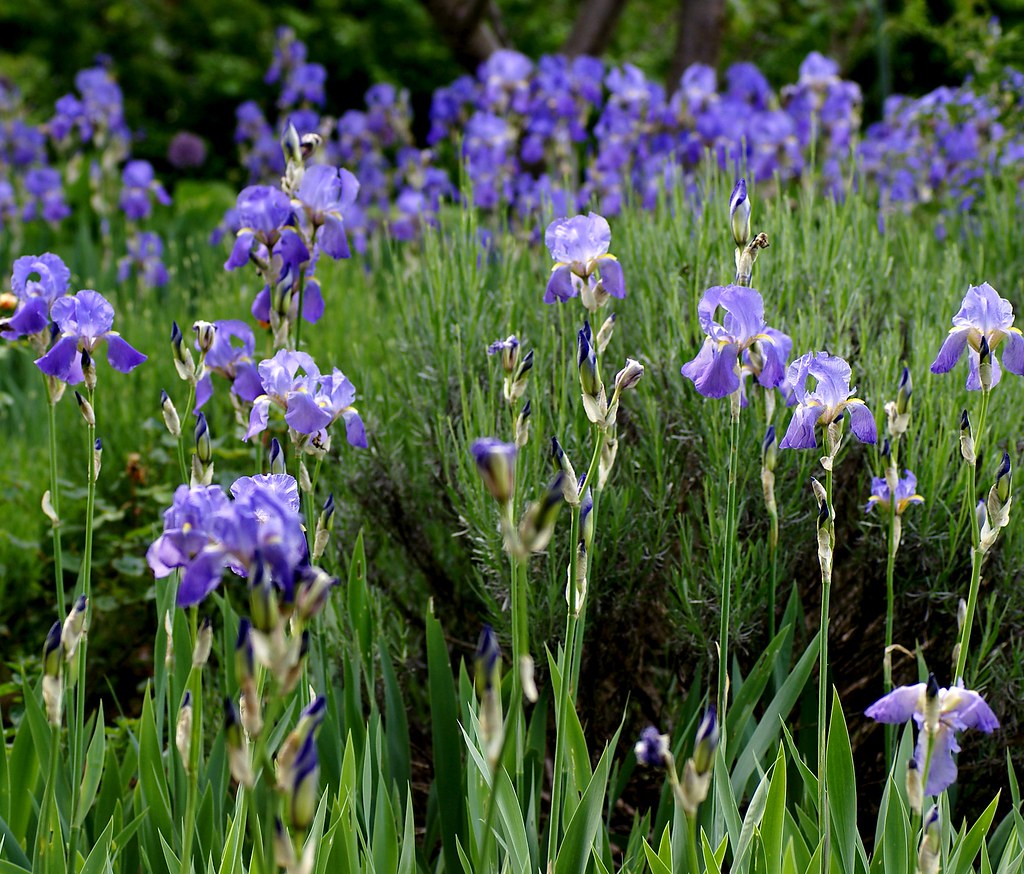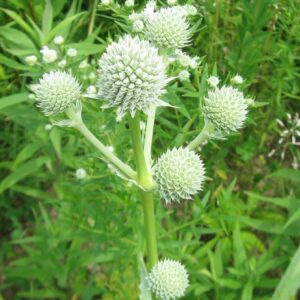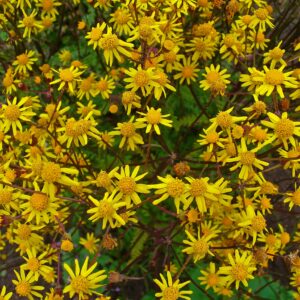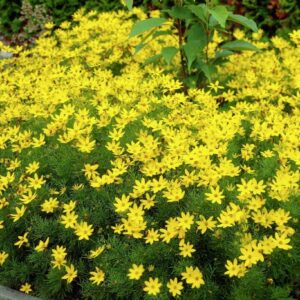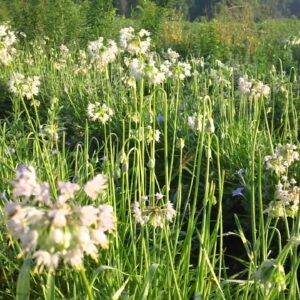Description
German Iris Characteristics
German Iris have attractive and interesting flowers that can come in a wide variety of colors. The best flowering occurs in full sun, though the plants can survive in light part shade. Good drainage is essential, so much that even a layer of mulch can cause root rot. Clay soils will not be tolerated and raised flower beds should be considered if desired in less than ideal conditions. They are spreading perennials that creep along by runners that occasionally root where they touch the ground, allowing them to naturalize.
German Iris will naturalize if permitted. Some fertilization can be appreciated in spring. Deadheading wilted flowers improves the overall look of the plant and makes room for additional blooms. After the blooming season, remove the entire flower stalk, to the ground, to make way for new growth next spring. Dividing the plants every few years can help to reduce overcrowding. Sparse flowering can be a result of planting too deep, too much shade or fertilizer, or overcrowding.
There are several disease and insect pests that can threaten the health of German Iris. Iris borer is the greatest insect threat. Disease issues can include root rot, crown rot, and leaf spot. Removing damaged or diseased foliage is the most effective defence against ailments. Cutting to the ground and removing all debris after the first frost can be beneficial.
-
USDA Climate Zone
Zones 3 - 10
-
Height
2.00 - 3.00'
-
Spread
1.00 - 2.00'
-
Bloom Time
May
-
Water
Medium
-
Sun
Full Sun
-
Maintenance
Medium
-
Deer Resistant?
Yes
